How to Save Money on Prescriptions
A guide to the rise of prescription drug costs (and what you can do about it)
The cost of prescription medication in the United States is on the rise. Americans pay about 2.5 times more for prescription drugs than high-income countries worldwide. A U.S. Department of Health and Human Services study states that prescription drug prices increased by 31.6% between 2016 and 2022. We were already paying more for these drugs than people in other countries, and now that gap has gotten even wider.
The prescription drug price hike most directly affects older Americans. 3/4 of Americans between the ages of 50 and 64 use prescription drugs. This percentage increases to 87% among Americans between the ages of 65 and 79. More than 90% of Americans older than 80 use prescription medication. People between the ages of 65 and 79 spend over $800 annually on prescription drugs. Expenditures for people over 80 are over 1.5 times higher than those between 50 and 64 ($796 per year versus $560 per year).
This math makes sense; older Americans use more prescription medications and spend more per year on them. Unfortunately, nearly 3.5 million Americans over the age of 65 reported that they had difficulty affording their prescription drugs. Older Black and Latino adults were 1.5-2 times more likely to experience this problem than White Americans. We are clearly experiencing an affordability problem in drug prices. So, what should you do to cut costs?
The answer is simple: go generic. Generic drugs are often 80-85% cheaper than brand-name drugs. We’ve detailed a few price comparisons on common medications to show how much you can save on your treatment.
Are generic drugs safe?
First things first, generic drugs are safe and effective. Generic drugs must have the same dosage, efficacy, stability, and administration methods as brand-name drugs. They undergo the same rigorous review process and must contain the same active ingredients. Brand-name drugs need to go through multiple animal and human trials before they are given FDA approval. Generic drugs do not require repeated trials, which is why they are often cheaper than brand-name drugs. Even so, the FDA reviews every level of the supply chain to ensure that the manufacturing plant complies with best production practices and that the pharmaceutical ingredients in the drugs provide the same therapeutic effects. The FDA also tracks, looks into, and reports instances of adverse side effects.
In short, generic drugs are as safe and effective as brand-name drugs. Therefore, if you take a generic rather than a brand-name drug, you do not need to worry about taking a sub-optimal product. The drug itself may look different, but it works the same.
Diabetes Medication Cost Comparison
The American Diabetes Association estimates that $1 out of every $4 spent on medication is spent on anti-diabetes drugs. In addition, the Yale School of Medicine has found that 14% of people who use insulin medication spend “catastrophic” levels on their treatment, meaning over 40% of their post-subsistence income–what is left after paying for food and housing–goes to paying for these drugs.
Humalog - Insulin Lispro
Let’s take Humalog–the brand-name version of insulin lispro–as an example. A 3-milliliter vial–or 300 units–of Humalog costs about $96.28. Keep in mind that some people may require 60 units a day of insulin to maintain blood sugar control. So, 300 units of insulin may only last five days for some people. 100 units–1mL–costs about $298.76. That’s just under $300 for about fifteen days of necessary treatment.
Generic insulin lispro costs $35.83 for 100 units (1mL). That means that the brand-name Humalog is 88% more expensive than the generic insulin lispro.
Glucophage - Metformin
For example, look at Glucophage–the brand-name version of the drug metformin.
60 tablets of 850mg Glucophage cost about $105.79.
60 tablets of 850mg metformin cost about $14.74.
So, on average, Glucophage costs about 86% more than the generic metformin (which works just as well as Glucophage).
Heart Disease Medication Cost Comparison
Heart disease and stroke are the leading causes of death in America. In 2016, Americans spent about $320 billion on heart disease therapies, including prescription medication. These drugs are crucial in preventing death and potentially life-threatening complications in Americans with heart disease. Let’s look at the cost difference between two of the most commonly prescribed heart disease medications on the market.
Accupril - Quinapril
Accupril is an angiotensin-converting enzyme (ACE) inhibitor, one of the most commonly prescribed types of heart medication.
Accupril costs about $494.03 for 90 tablets of 10mg Accupril–the most commonly prescribed initial dose.
Quinapril–the generic version of Accupril–costs about $42.52 for 90 10mg tablets.
On average, Accupril costs about 91% more than quinapril.
Lopressor - Metoprolol
Lopressor–the brand-name version of metoprolol–is a beta-blocker medication used to treat high blood pressure, heart disease, and chest pain (angina).
The typical starting dose of Lopressor is 100mg per day. 100mg Lopressor costs about $406.26 per 100 pills.
100 mg of metoprolol costs about $36.06 per 100 pills.
Related posts
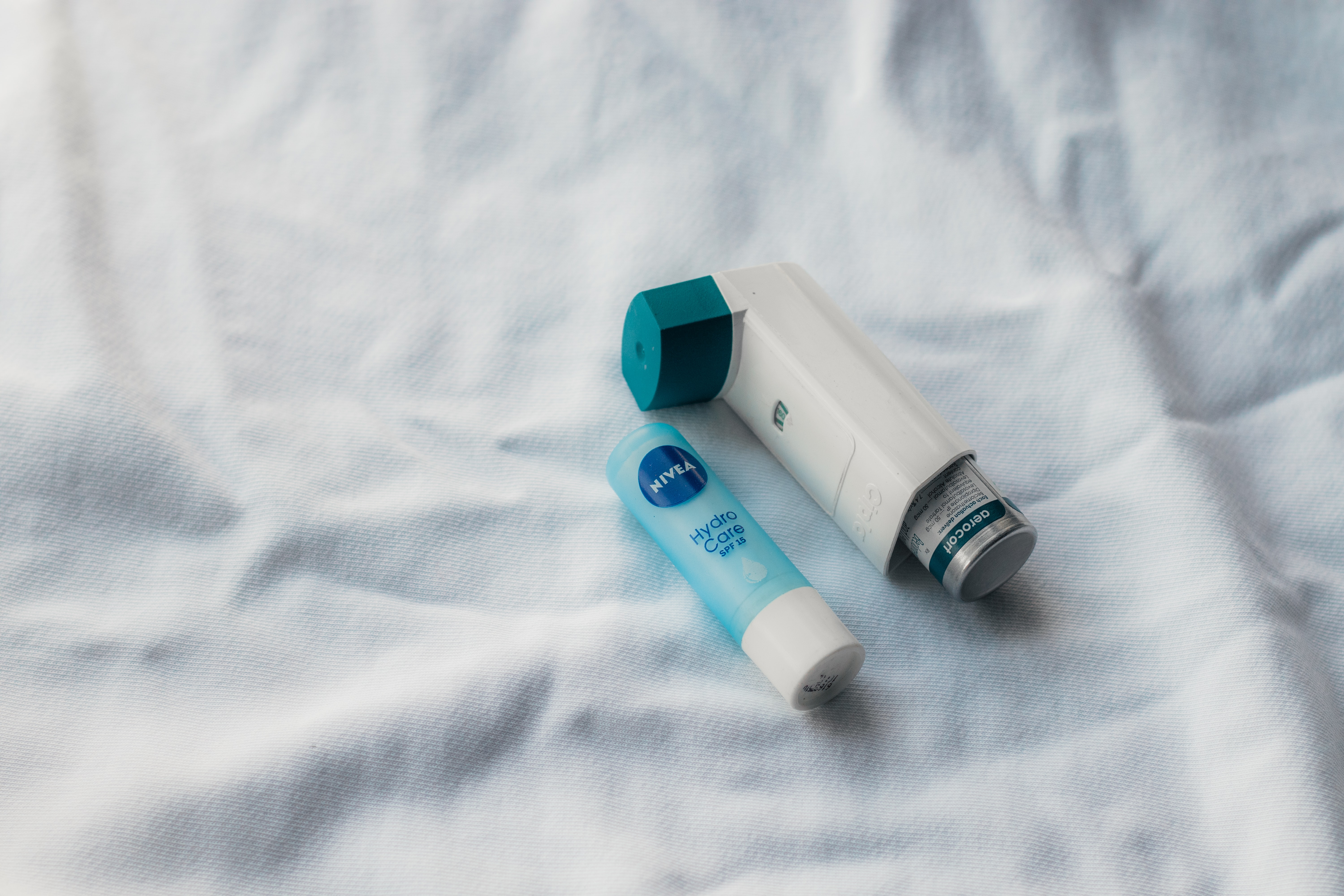
It can be difficult to figure out the best treatment plan for your health. We’ve compared the cost of asthma inhalers and detailed the pros and cons of each.
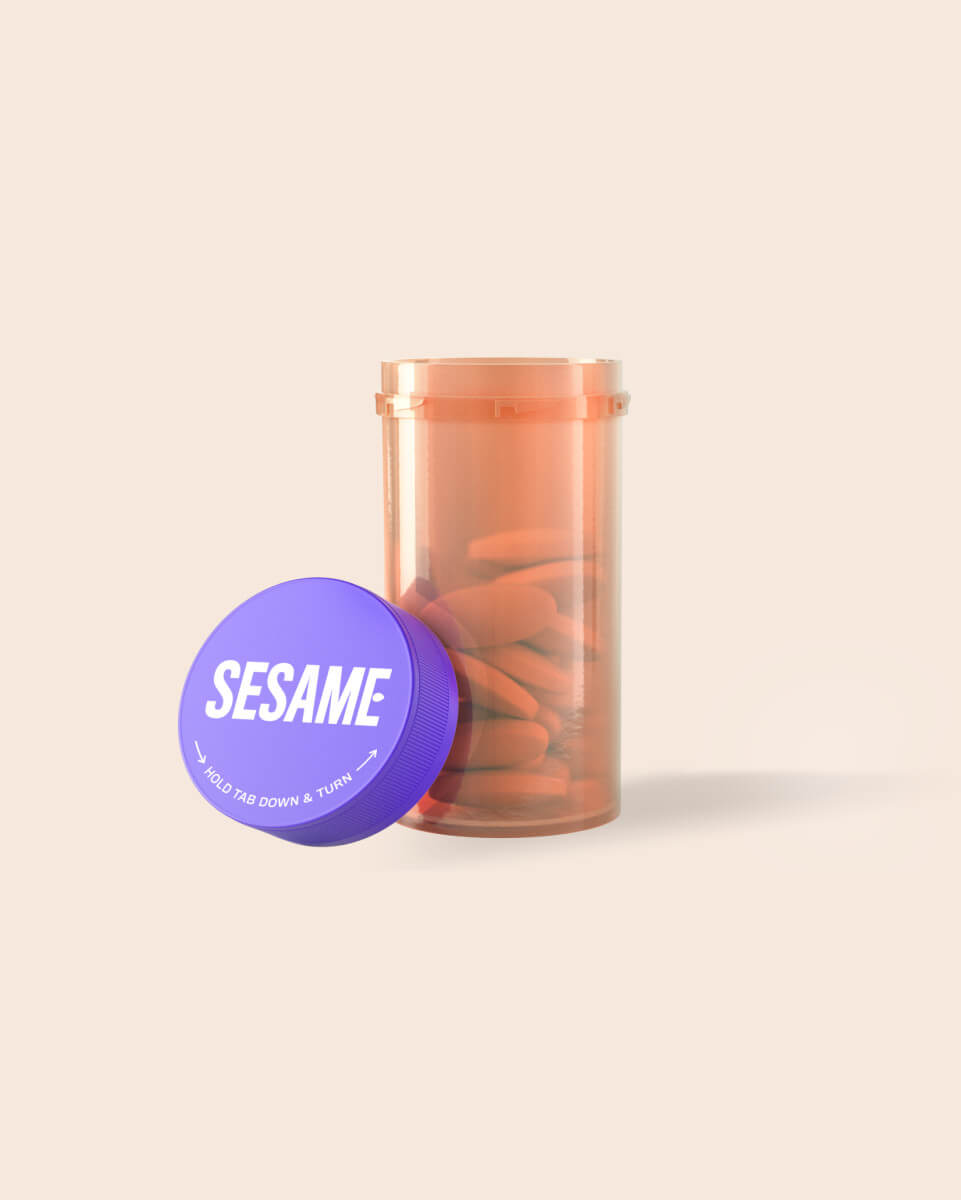
Explore over-the-counter and prescription medications: research drug information, side effects, dosage, prescriptions and more.
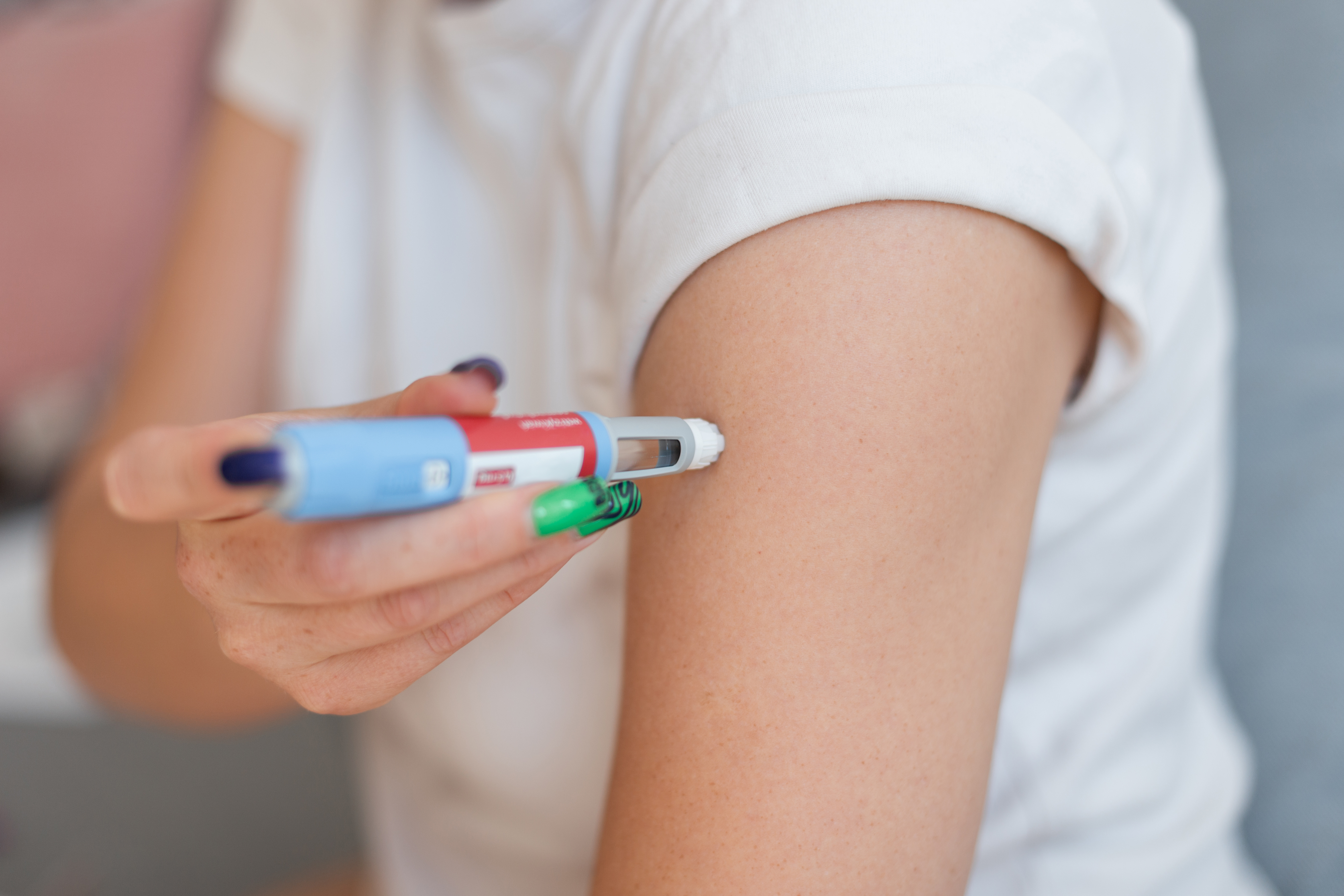
In June 2024, a generic version of Victoza (liraglutide) became available to the public. This is the first authorized generic GLP-1 drug to hit the market. Here's what you need to know.
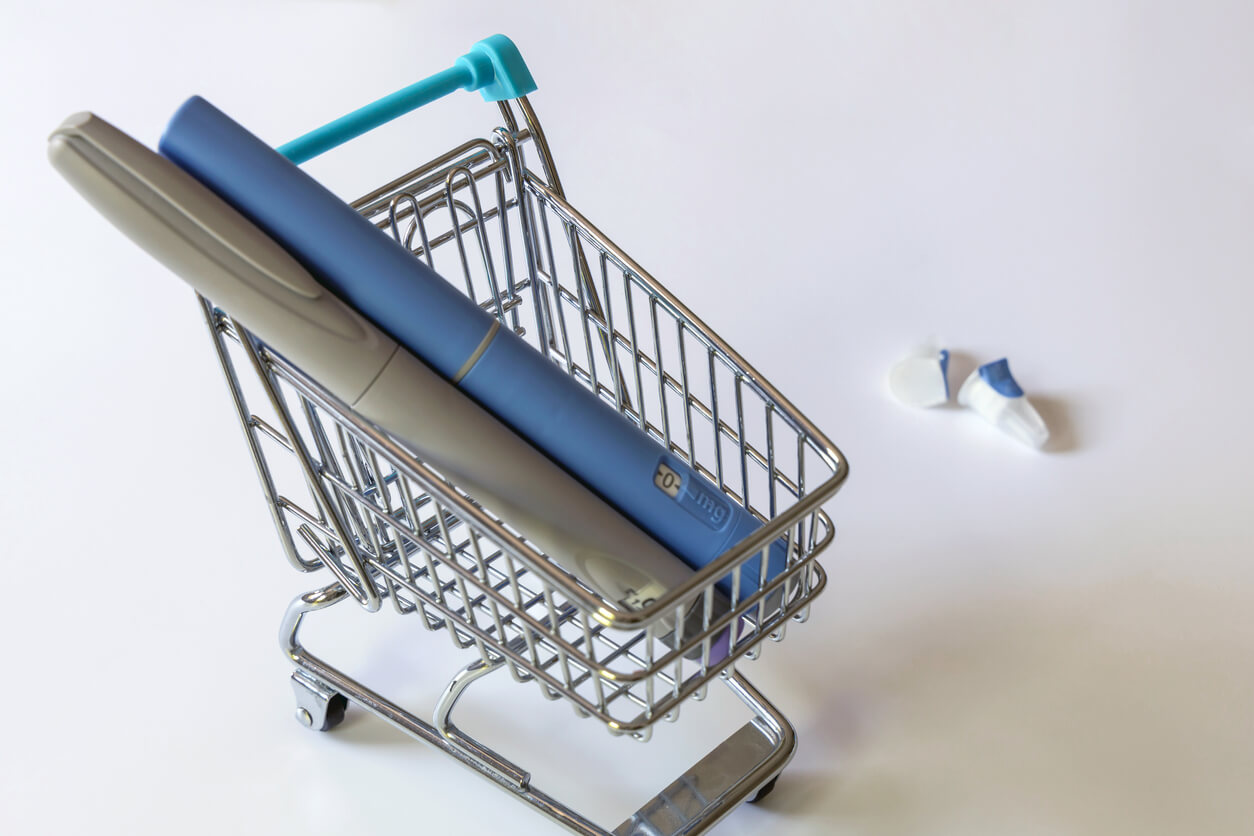
Ozempic costs about $998 per month, or $349 for self-pay patients. Learn more about how much Ozempic costs with and without insurance, plus tips to save money on an Ozempic prescription.
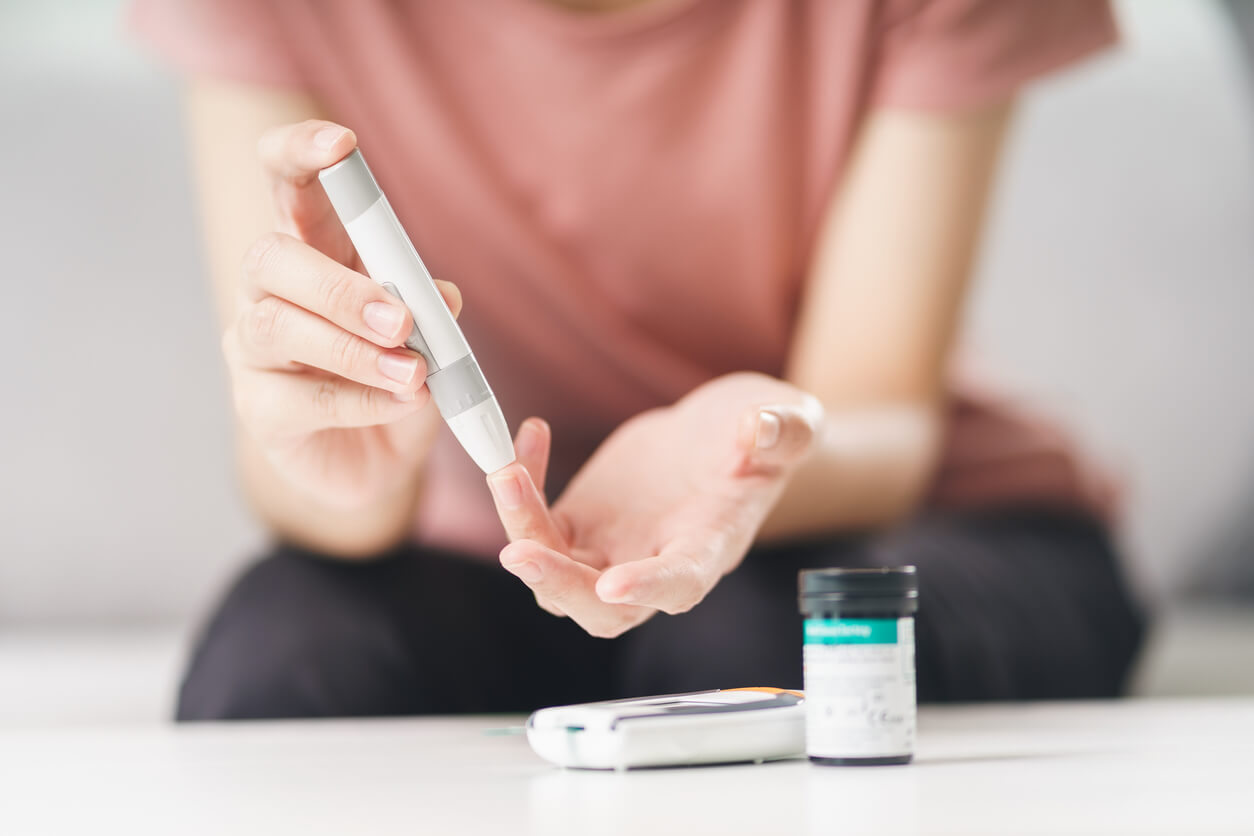
Diabetes medication are a broad family of drugs prescribed by providers to help control blood sugar levels in patients managing type 1 and type 2 diabetes.
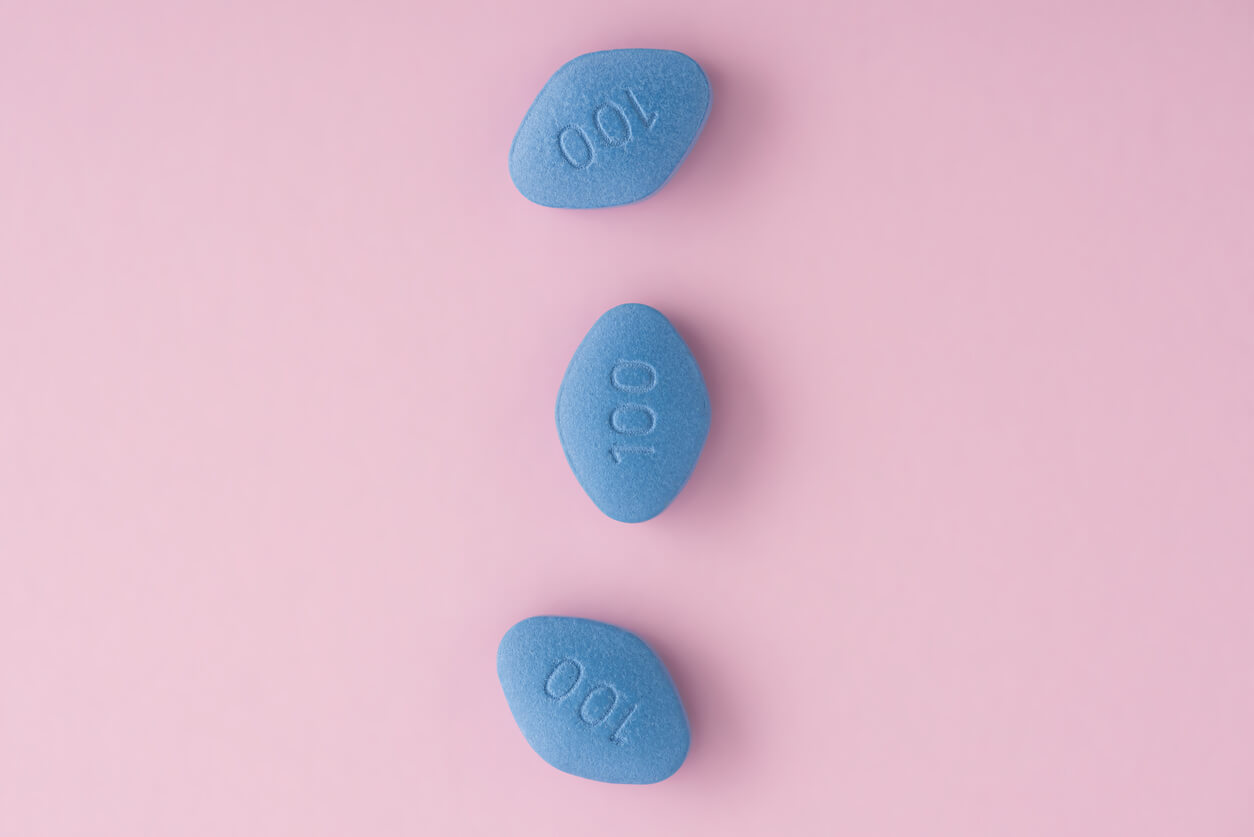
Cialis and Viagra are prescription erectile dysfunction drugs. Learn more about the similarities and key differences between these ED treatment options.

Explore over-the-counter and prescription medications: research drug information, side effects, dosage, prescriptions and more.
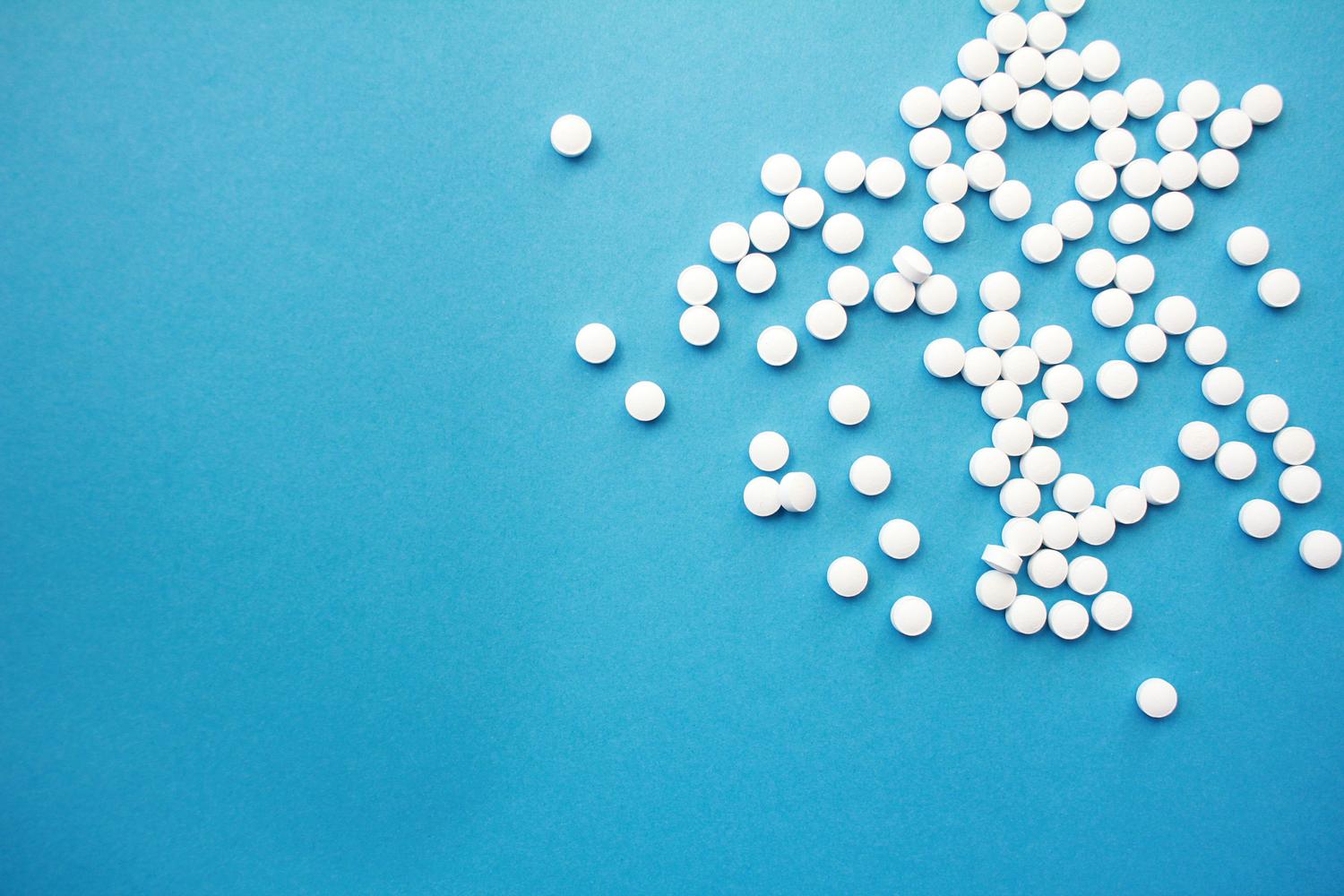
Nausea can make you feel miserable and keep you from daily activities. Fortunately, there are lots of medications that can provide nausea relief.
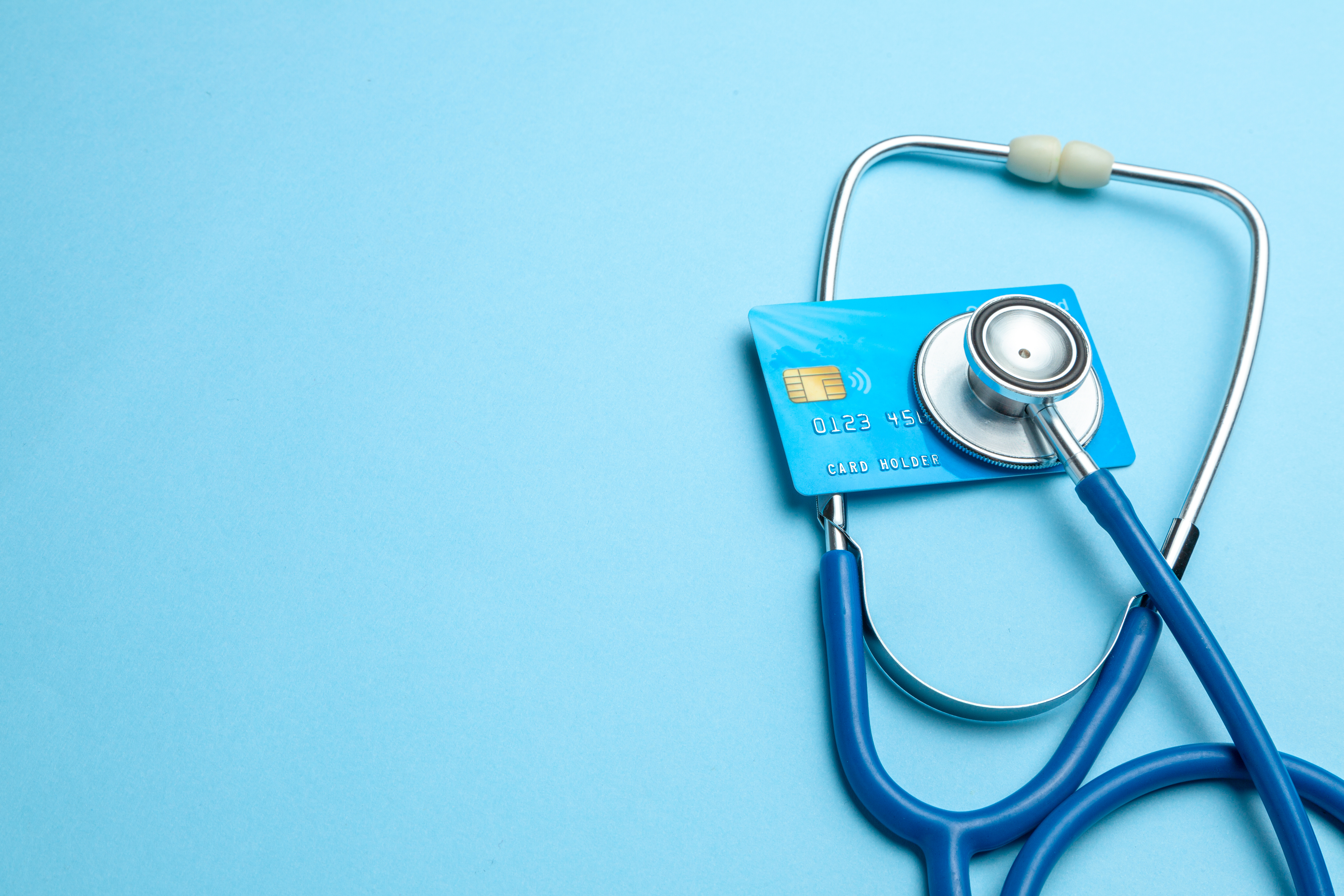
Learn about the available savings programs for popular weight loss medications like Wegovy, Zepbound, Ozempic, Rybelsus, Victoza, and Saxenda.
